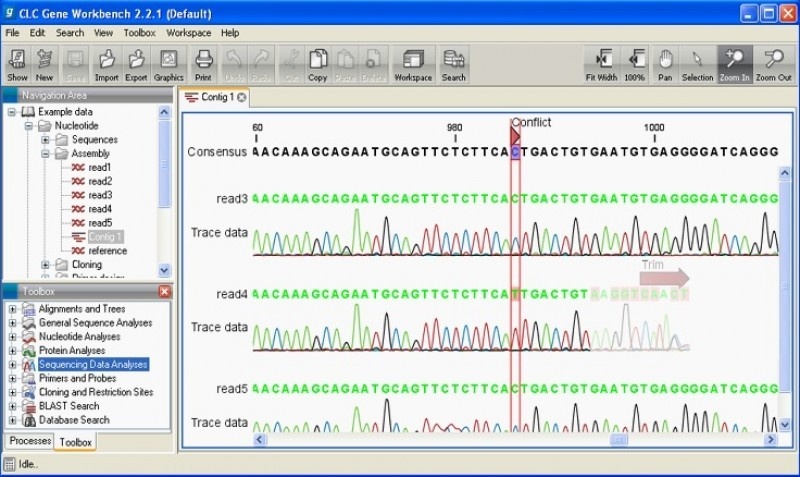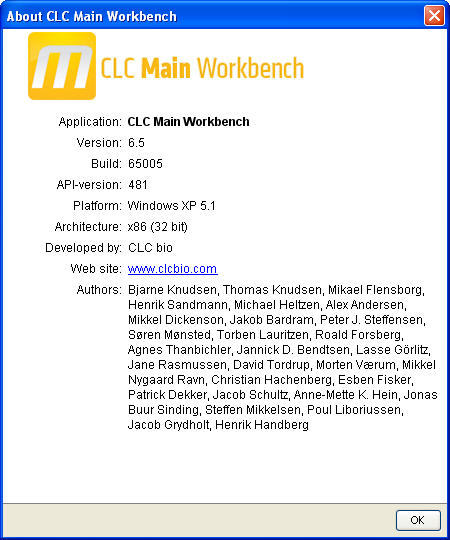

- #Clc genomics workbench force import as type clc password
- #Clc genomics workbench force import as type clc license
Technical notes about permissions and security.Controlling group access to CLC Server data.User authentication via the Workbench for built-in authentication.Managing users and groups using built-in authentication.User authentication using the web interface.
#Clc genomics workbench force import as type clc password
#Clc genomics workbench force import as type clc license
Download a static license on a non-networked machine.Installation modes - console and silent.Journal of Infectious Diseases, October 14, 2019, jiz286. “Next Generation SequencingĪnd Bioinformatics Methodologies for Infectious Disease Research and Public Health: Approaches, Applications, and Considerations for Development of Laboratory Capacity.” The Maljkovic Berry, Irina, Melanie C Melendrez, Kimberly A Bishop-Lilly, Wiriya Rutvisuttinunt, Simon Pollett, Eldin Talundzic, Lindsay Morton, and Richard G Jarman. Stakeholders & End Users Workflow Scope, Goals & Outputs ~īeg, Borrow and … from your friends and colleaguesĢ2Best Practices for Building an End-to-End Workflow for Microbial Genomicsįirst – Create a “Living” Requirements Document, Define Your Scope, Share it ~ Better The Devil You Know Than The Devil You Don't. The “Other” Golden Rule of assay development … “Premature optimization is the root of all evil” – Donald Knuth ~ Don’t let the Perfect be the enemy of the Good ~ F1000Research 2018, 7:459 (doi:Įach step has dozens, some hundreds, of options… where to start? Of antimicrobial resistance determinants using next generation sequencing technologies. The challenges of designing a benchmark strategy for bioinformatics pipelines in the identification These publications are collected in my online repository of Microbial Genomics references on Zotero.Īngers-Loustau A, Petrillo M, Bengtsson-Palme J et al. Since 2016, over 200 publications present validated WGS workflows forĬlinical microbiology, public health, and industrial surveillance. 1 (December 2018).Įxample: PanGIA Best of Breed Evaluation (MRIGlobal’s mNGS pipeline)

Metagenomics for the Concomitant Detection and Typing of Microbial Pathogens.” Scientific Reports 8, no. Tech options, and finish with those before considering new technology.Įxample: University Medical Center Groningen’s evaluation and pipelineĬouto, Natacha, Leonard Schuele, Erwin C. ◦ New technologies and methods are constantly being released. ◦ This may take a while, and people graduate, move, get promoted, etc. ◦ Synthetic data / Contrived samples designed to test edge cases ◦ On real data / samples from 3rd party sources

◦ On real data / samples from your own lab


 0 kommentar(er)
0 kommentar(er)
